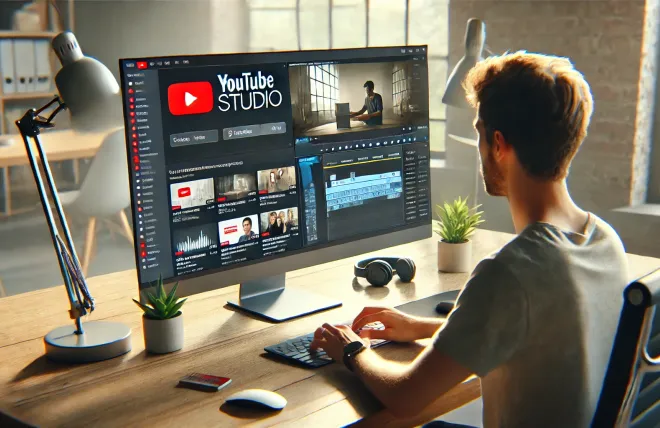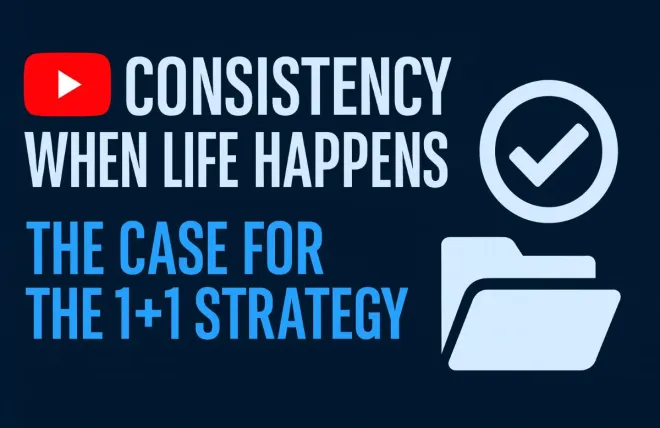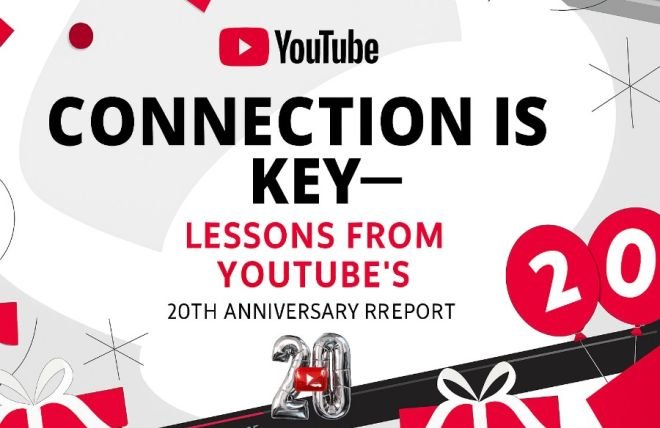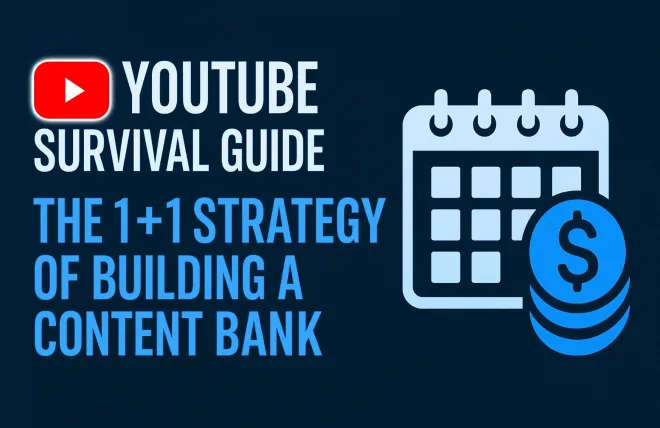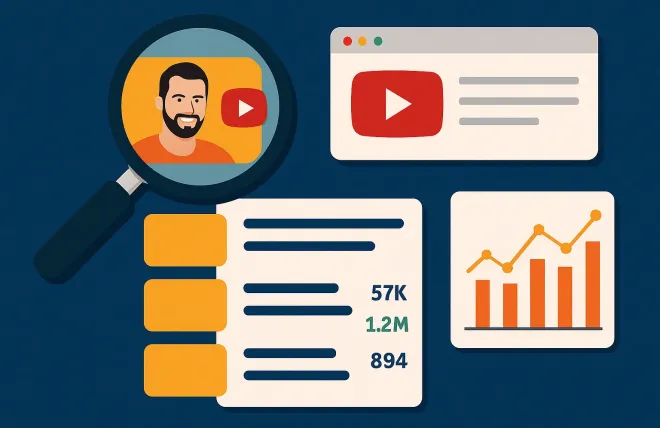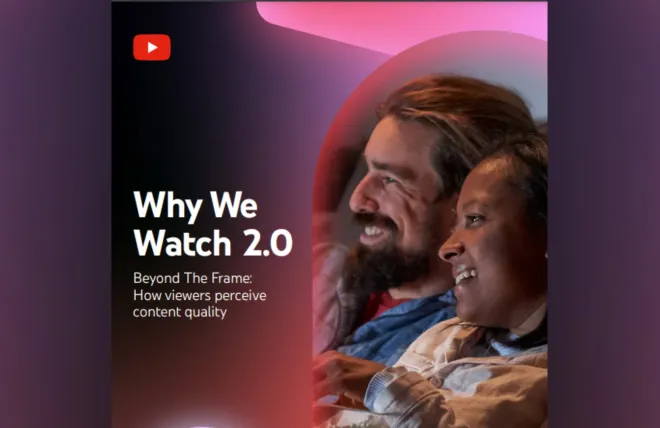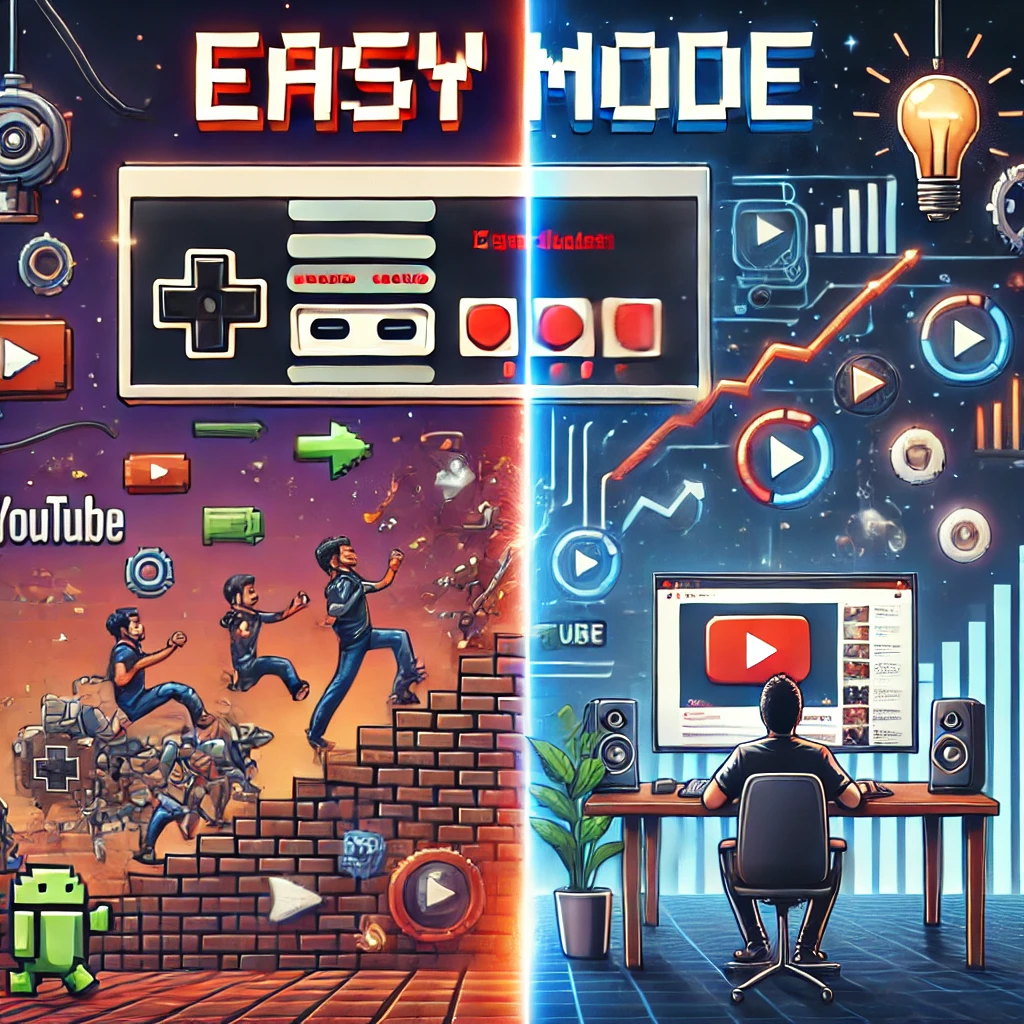
THE ORIGIN OF "EASY MODE"

The phrase "Easy Mode" originated in the video game industry during the 1980s and 1990s, when video games began offering players various difficulty settings—commonly labeled as "Easy," "Normal," and "Hard." The purpose of "Easy Mode" was to make games more accessible to a broader audience by lowering the challenge level. This allowed beginners, younger players, or those seeking a more relaxed experience to enjoy games without facing overwhelming difficulty.
However, it’s important to understand that "Easy Mode" was never designed to eliminate the need for learning the game’s basic mechanics. Even in Easy Mode, players still had to grasp core gameplay concepts such as movement, strategy, and problem-solving. The mode simply offered more leniency—reducing enemy difficulty, providing more resources, or slowing down game pacing—but it didn’t bypass the foundational learning curve. Mastery of the controls and understanding game objectives remained essential for progress, even if the consequences for failure were softened.
In this sense, Easy Mode served as a supportive entry point, not a shortcut to victory. It was a tool for learning and enjoyment, not a way to completely avoid the effort required to play.
THE METAPHORICAL SHIFT IN MEANING
As gaming culture expanded throughout the 2000s, the concept of "Easy Mode" transcended its original context. It evolved into a cultural metaphor used to describe situations where processes or systems were made more accessible or where certain individuals appeared to benefit from advantages that simplified their path to success.
Examples of this metaphorical use include:
-
Technology: Simplified versions of software, apps, or devices designed for beginner users.
-
Pop Culture and Social Media: Describing someone with natural advantages or privileged circumstances as "playing life on Easy Mode."
-
Workflows and Learning: Step-by-step guides and beginner-friendly tutorials were often framed as offering an "Easy Mode" path to learning.
While this metaphor often carried a lighthearted or humorous tone, it sometimes attracted criticism. Some used the term dismissively, implying that those on "Easy Mode" weren’t putting in the same level of effort as others. However, this interpretation overlooked the original intent behind Easy Mode: to offer a more accessible but still skill-based path to progress.
EARLY USE OF "EASY MODE" ON YOUTUBE
As YouTube became a global platform for gaming content in the late 2000s, the term "Easy Mode" naturally found its place in gaming discussions. Creators frequently referenced Easy Mode in game reviews, walkthroughs, and tutorials, guiding viewers on how to engage with less challenging gameplay options. Over time, the term extended beyond gaming to describe simplified ways of doing everyday tasks, such as using beginner-friendly features on smartphones or following basic tech tutorials.
Despite its growing use in various contexts, the core meaning of Easy Mode remained intact: it represented a less intimidating but still engaging experience that required users to learn and participate actively, rather than passively coast through.
THE EMERGENCE OF "YOUTUBE EASY MODE"
By late 2024, the term "YouTube Easy Mode" began gaining traction within the content creation community. This evolution of the phrase described a perceived shift in YouTube’s platform dynamics, where creators—especially new or smaller channels—found it easier to gain visibility and grow their audience.
Factors contributing to this perception included:
-
Algorithm Adjustments: Changes in YouTube’s recommendation system that appeared to favor diverse content from newer creators.
-
Introduction of YouTube Shorts: Short-form videos created opportunities for rapid growth without requiring high production value.
-
Enhanced Creator Tools: YouTube introduced more intuitive tools for video editing, analytics, and content strategy, lowering the learning curve.
-
Trending Content and Viral Potential: Shifts in viewer habits and viral trends opened doors for creators who adapted quickly.
However, much like its gaming origins, "YouTube Easy Mode" did not imply that success required no effort. Creators still needed to learn the platform’s basics—understanding how to create engaging content, optimize videos for search, design compelling thumbnails, and connect with their audience. While the system might have become more supportive, it didn’t replace the need to develop foundational skills.
In this way, "YouTube Easy Mode" mirrors the original intent of gaming's Easy Mode: the journey may be more accessible, but success still requires learning, effort, and strategic thinking.
THE LIKELY MEANING OF "YOUTUBE EASY MODE"
Today, when creators refer to "YouTube Easy Mode," they are likely pointing to several key aspects of the platform that feel more beginner-friendly:
-
Lower Barriers to Entry: Easier content creation and distribution through Shorts and improved editing tools.
-
Faster Growth Opportunities: Algorithms that give newer creators a chance to gain traction quickly.
-
Supportive Ecosystem: A growing community of creators sharing strategies, tips, and resources for beginners.
-
Access to Monetization: Faster and more transparent pathways to earning revenue from content.
However, the phrase should not be misunderstood as suggesting that creators can succeed without effort. Just as in gaming, where Easy Mode still requires players to learn and apply game mechanics, success on YouTube still demands learning how to engage audiences, develop content strategies, and consistently produce valuable videos.
THE EVOLUTION OF THE PHRASE AND ITS FUTURE
The progression of "Easy Mode" from a video game difficulty setting to a metaphor for simplified success reflects the adaptability of language in response to cultural and technological shifts. As platforms like YouTube continue to evolve, the meaning of "Easy Mode" may shift again, perhaps gaining new nuances or being replaced by other terms that better describe future trends in content creation.
Currently, "YouTube Easy Mode" captures a moment in time when creators feel that the platform offers more opportunities for growth than ever before. However, as with any system, those opportunities still require learning the basics, experimenting, and consistently creating engaging content. Success isn’t guaranteed—it’s simply more accessible.
In this way, "YouTube Easy Mode" perfectly mirrors its gaming origins: the path may be smoother, but the journey still demands skill, strategy, and dedication.
IS YOUTUBE ON EASY MODE: THE “RULES” OF SUCCESS ON YOUTUBE
The idea of "YouTube Easy Mode" has gained traction, suggesting that it's now easier than ever to grow and succeed on the platform. With the rise of YouTube Shorts, algorithm shifts favoring new creators, and more intuitive creator tools, it’s tempting to think success is just a few uploads away. But is YouTube truly on Easy Mode?
The answer is more complex. While YouTube has lowered the barriers to entry, it hasn’t lowered the requirements for success. The platform now offers more opportunities, but it also demands more strategy, creativity, and resilience than ever before. One of the key factors driving the success of many modern creators is their ability to balance three critical mindsets:
-
Treating their channel as a for-profit business
-
Adopting a ministry mindset focused on serving their audience’s needs
-
Maintaining authenticity in every piece of content they create
Creators who master this balance are the ones who break through the noise and build lasting success. Let’s break down how each of these areas contributes to growth on YouTube:
➤ TREAT YOUR CHANNEL LIKE A FOR-PROFIT BUSINESS
Running a monetized YouTube channel is starting a business. This requires setting clear goals, developing a content strategy, investing in tools and education, and making data-driven decisions. Successful creators think like entrepreneurs—they analyze market trends, understand audience demand, and build sustainable income streams. They recognize that growth isn't just about making videos; it's about brand building, marketing, and long-term planning.
Key actions include:
-
Creating a content calendar and sticking to it
-
Studying analytics to refine content strategy
-
Exploring multiple revenue streams (ads, sponsorships, merchandise, etc.)
-
Investing in tools, education, and systems that support growth
➤ ADOPT A MINISTRY MINDSET: WALK IN YOUR VIEWERS' SHOES
While the business side is crucial, creators who truly stand out are those who approach their audience with empathy and a desire to serve. This is where the ministry mindset comes in. It’s about understanding what viewers need, what problems they face, and how your content can provide value—whether that’s through entertainment, education, or inspiration.
This mindset shifts the focus from “How can I get more views?” to “How can I genuinely help or impact someone today?”
Creators with a ministry mindset:
-
Listen to audience feedback and tailor content to meet their needs
-
Focus on solving problems, answering questions, or offering encouragement
-
Prioritize building trust and community over chasing trends
-
Deliver value first, trusting that growth will follow
➤ STAY AUTHENTIC: LET YOUR TRUE SELF LEAD
Today’s audiences are more discerning than ever. They can spot inauthentic content instantly, and they gravitate toward creators who are real, relatable, and honest. Authenticity builds trust, and trust turns viewers into loyal fans.
Being authentic means:
-
Sharing your true personality, values, and experiences
-
Owning your imperfections and being relatable
-
Creating content that aligns with your passions and beliefs
-
Avoiding the temptation to copy others or fake success
When authenticity is paired with a business strategy and a heart for serving others, it creates a powerful foundation for growth. Viewers are drawn to creators who feel like trusted friends, not just content machines.
➤ CONSISTENCY IS NON-NEGOTIABLE
Consistency is the backbone of success on YouTube. Just like any business needs regular operations, your channel needs regular uploads. This builds trust with your audience and signals to the algorithm that you’re committed. Set a realistic schedule and stick to it.
➤ FOCUS ON CONTENT QUALITY, NOT JUST QUANTITY
Uploading more videos won’t help if they don’t offer value. Creators who focus on delivering high-quality, engaging content stand out. Whether your videos entertain, educate, or inspire, make sure every upload serves a purpose and connects with your audience.
➤ ENGAGE WITH YOUR COMMUNITY
Building a loyal audience requires genuine connection. Respond to comments, ask for feedback, and create content that encourages interaction. Community isn’t built overnight, but consistent engagement fosters loyalty.
➤ LEVERAGE DATA TO MAKE SMART DECISIONS
Successful creators use YouTube Analytics like a business uses market research. Metrics like watch time, audience retention, and click-through rates reveal what’s working and what’s not. Use this data to guide your strategy and continuously improve.
➤ DIVERSIFY INCOME STREAMS
Just like a business diversifies its revenue, creators should explore multiple monetization options. Relying solely on ad revenue is risky. Incorporate sponsorships, merchandise, memberships, affiliate marketing, and other income streams to build financial stability.
In conclusion, YouTube is not on "Easy Mode," but it has evolved to provide more opportunities for creators who are ready to put in the work. Lasting success comes from treating your channel like a business, leading with a ministry mindset to serve your audience, and staying true to yourself through authenticity.
Creators who master this balance are the ones building channels that don’t just grow—but thrive.
The opportunities are there, but success still requires strategy, service, and sincerity.
George
